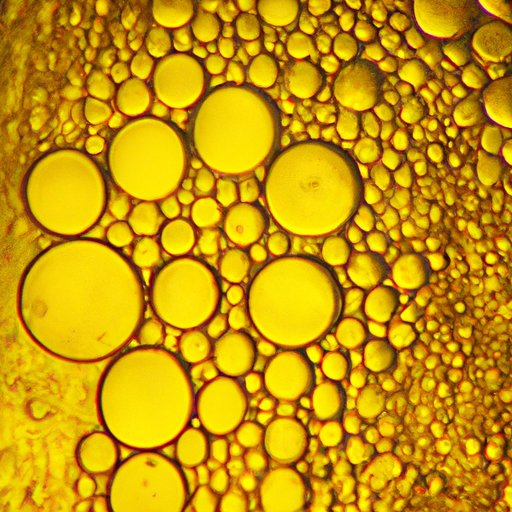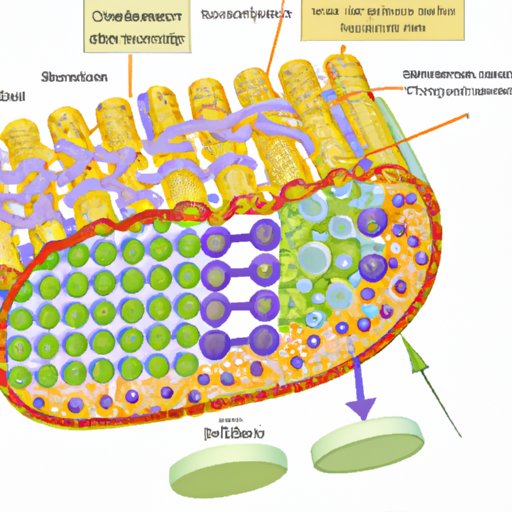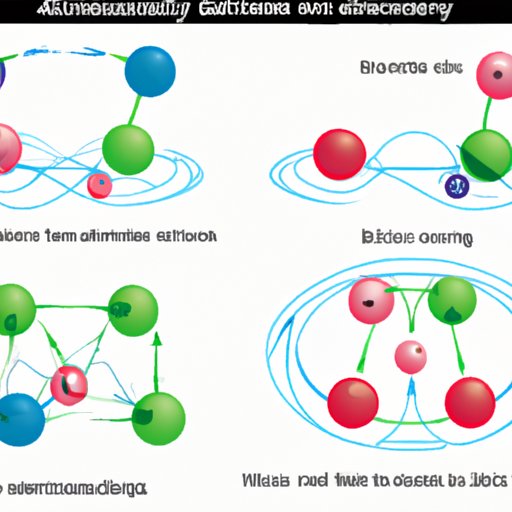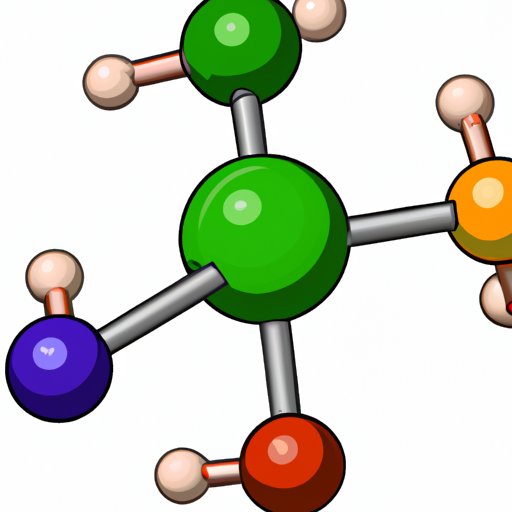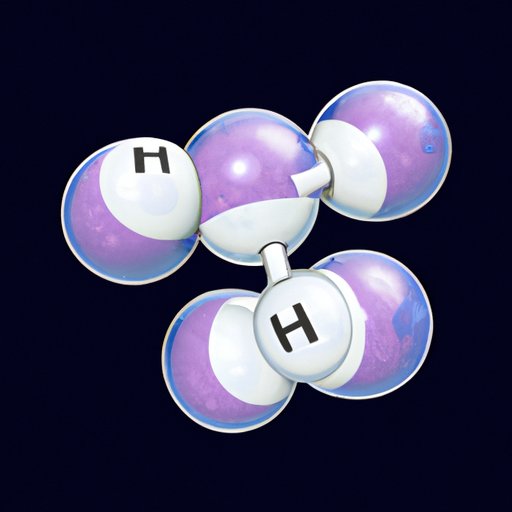This article explores the scientific reasons why oil and water don’t mix, including their molecular structures and chemical reactions. It also delves into the practical applications and consequences of this phenomenon in terms of interior design, environmental impact, and food science.
What Is the Cell Membrane Made Of? Unpacking Its Composition and Molecular Structure
This article explores the composition and molecular structure of the cell membrane, breaking down its key building blocks and components and highlighting their functions, leading to a better understanding of cell function and how various substances enter and exit the cell.
Resonance Chemistry: How Electron Delocalization Shapes Molecular Structures
Resonance chemistry is a fundamental concept that shapes our understanding of molecular structures. This article provides a comprehensive overview of resonance chemistry, covering its basic principles, real-life applications, and tips for understanding and studying it. It explores how electron delocalization shapes molecular structures and affects molecular properties such as acidity, basicity, and stability, and highlights the importance of resonance chemistry in modern chemistry and research.
The Lewis Structure for H3PO4: Understanding the Molecular Structure
This article explains how to draw the Lewis structure for H3PO4, highlighting its significance for understanding the molecular structure and chemical properties of the compound.
Why Does Ice Float in Water: The Fascinating Science Behind It
Discover the fascinating science behind why ice floats in water, its relevance to aquatic ecosystems, and global climate change. Explore the molecular structure and the role of hydrogen bonding, real-world examples, and historical context to gain a deeper understanding of this scientific phenomenon.
